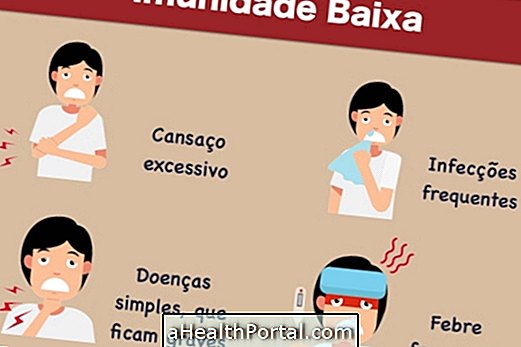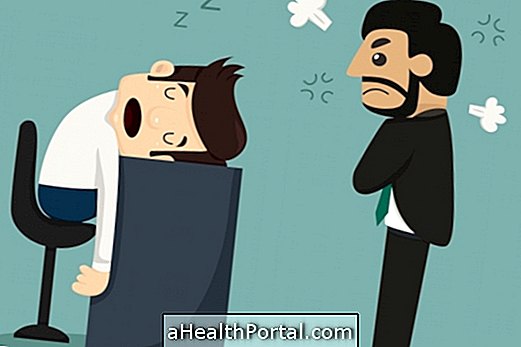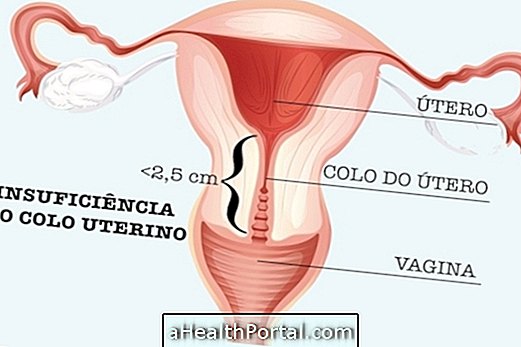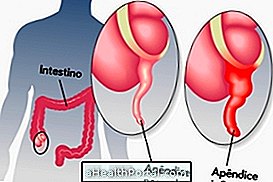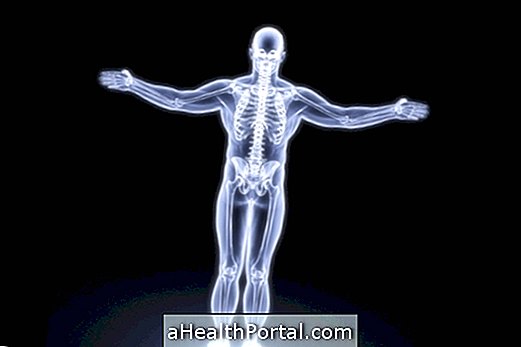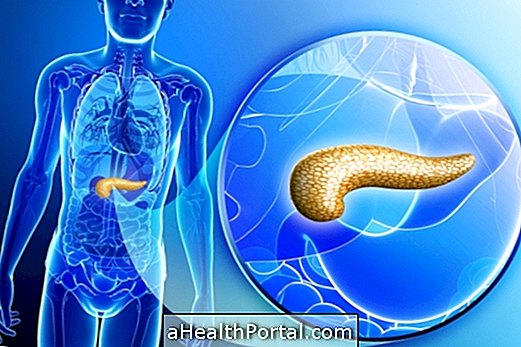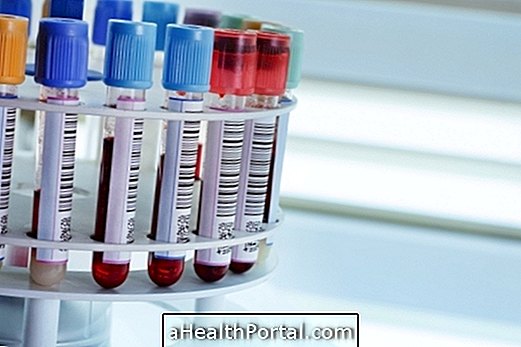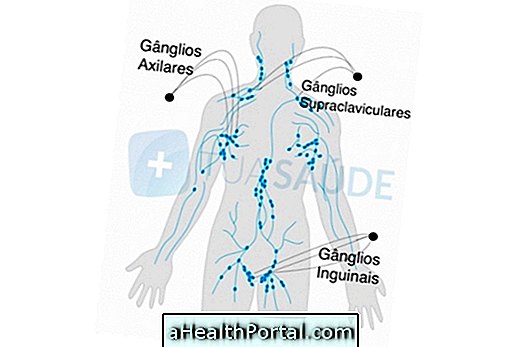The symptoms of HIV are quite difficult to identify, so the best way to confirm the contamination with the virus is by doing the HIV test at a clinic or HIV testing and counseling center, especially if you have had an episode of such as unprotected sexual intercourse or needle sharing, for example.
However, in some people the virus can cause flu-like symptoms, which appear about 2 weeks after contact with the virus. These symptoms may include:
- Headache;
- Low fever;
- Excessive tiredness;
- Inflamed tongues;
- Sore throat;
- Joint pain;
- Mouth ulcers;
- Night sweats;
- Diarrhea.
Generally, these symptoms improve within 2 weeks and therefore end up being confused with the flu. However, even if the symptoms have disappeared, this does not mean that the virus has been eliminated and therefore remains 'asleep' in the body.
This phase without symptoms can last up to 10 years and during this time the virus continues to develop silently in the body, affecting the functioning of the immune system and eventually developing AIDS.

Ideally, HIV should be diagnosed during this phase, before developing AIDS, because the virus is still in low concentration in the body, being easier to control its development with medicines. In addition, early diagnosis also prevents the virus from spreading to other people, since from that moment one should not return to having relationships without a condom.
Main symptoms of AIDS
After about 10 years without causing any kind of symptom, HIV can cause a syndrome known as AIDS, which is characterized by a major weakening of the immune system. When this happens, symptoms recur, which this time include:
- Constant high fever;
- Frequent night sweats;
- Red spots on the skin, called Kaposi's Sarcoma;
- Difficulty breathing;
- Persistent cough;
- White spots on tongue and mouth;
- Wounds in the genital area;
- Weight loss;
- Memory problems.
At this stage it is also common for a person to have frequent infections such as tonsillitis, candidiasis and even pneumonia, so the doctor may be suspicious of the diagnosis of HIV when a lot of infections develop.
When AIDS has developed, it is much harder to try to control the spread of the disease with drugs and therefore many patients with the syndrome end up needing hospitalization to avoid and treat the infections that are emerging.

How AIDS treatment is done
AIDS treatment is done with a cocktail of medicines provided free by the government, which may include the following remedies: Etravirine, Tipranavir, Tenofovir, Lamivudine, Efavirenz.
They fight the virus and increase the quantity and quality of the defense cells of the immune system. But for them to have the expected effect, it is necessary to properly follow the doctor's guidelines and use condoms in all relationships to avoid contaminating others and help control the epidemic of the disease. Learn more about treatment in: Treatment of AIDS.
Condom use is important even in sexual intercourse with partners already infected with the AIDS virus. This care is important because there are several types of HIV virus and therefore partners can be infected with a new type of virus, making it difficult to control the disease.
Understand AIDS better

AIDS is a disease caused by the HIV virus that weakens the immune system, leaving the individual weak and prone to diseases that would be easily resolved.
After the virus has entered the body, defense cells try to stop it from working, and when they seem to succeed, the virus changes shape and the body needs to make other defense cells capable of stopping it.
When there is a smaller amount of HIV virus in the body and a good amount of defense cells, the individual stays in the asymptomatic phase of the disease, which can last up to 10 years. However, when the amount of virus in the body is much greater than its defense cells, the symptoms of AIDS appear, because the body is already weakened and can not even catch diseases that would be easy to solve.
Therefore, the best form of treatment for AIDS is to avoid recontamination with the virus and to properly take the medicines provided by the doctor.


